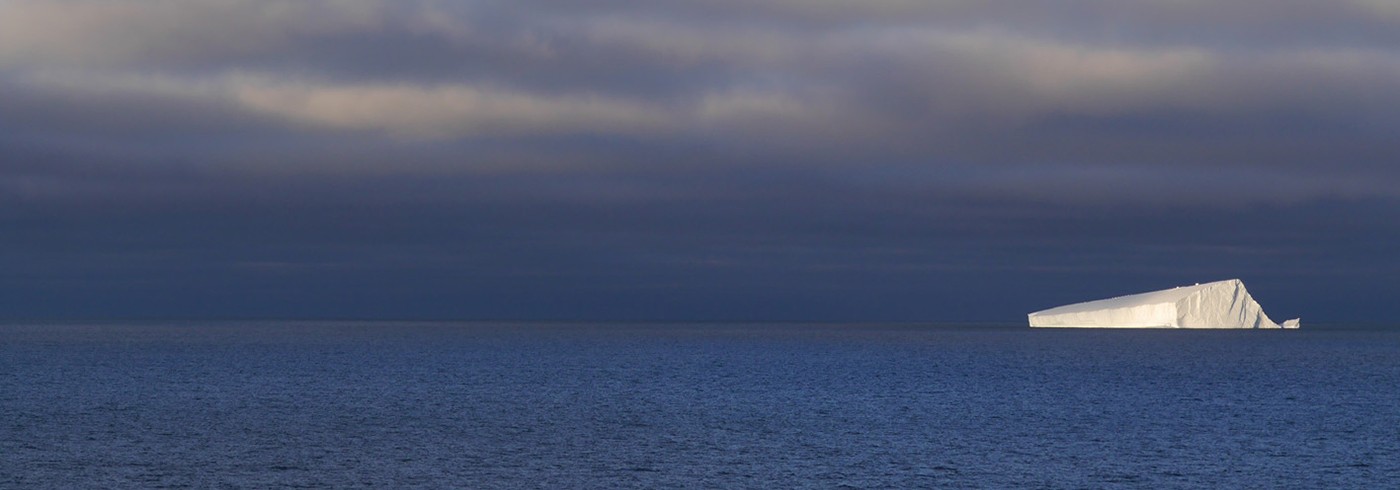After the first week or so, when objectives, locations, methods deployed, not to mention sleep patterns, were in a state of constant change, we’ve now settled into a phase of steady geophysics survey. The seismic survey was called to a halt prematurely, half way down the final line, by a sudden explosion of a kind that’s not supposed to happen on the airgun. The streamers were hauled in, and we began a large multibeam survey area a little earlier than anticipated while the MTs (marine techs) fix the problem.
We’ll come back to finish the seismic line later, and in the meantime are painting the seafloor with the multibeam over a large area of the outer continental shelf. I think there’s quite a few folk itching to do something other than sweep back and forth, back and forth, but from my perspective it’s immensely satisfying to record such a large area with continuous data. With fantastic data quality (much better than I’d expected) and extensive coverage we really have a spectacular – and unprecedented – view of the last glacial grounding zone system here in the Whales Deep.
Our first taste of stormy weather at the end of last week inflicted a few casualties (to both personnel and data quality). The Dry Lab took on a slightly different outlook, with bodies on the floor, trying to keep Watch with as little movement as possible. Others explored various vantage points on the ship to look out over the spectacle, the dark swirling seas and 15–20 ft waves crashing on us from all around (and yes, in 2 ½ weeks of being on an American ship I’ve lost the ability to speak metric). It was pretty impressive. But if that’s all the weather we get during this trip, I’d be ok with that.
The Lows seem to be leaving us alone right now. The Sun’s out, the water’s flat and littered with organic-looking patches of ‘sugar ice’, the data’s coming in beautifully, England kicked off this year’s Six Nations rugby with a win in Wales… All is right with the world.


